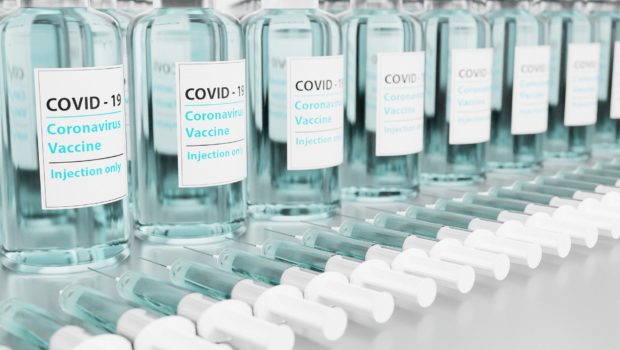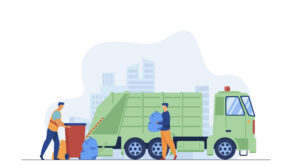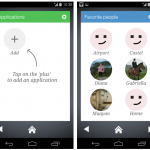The Role of IoT for the COVID-19 Vaccine
The COVID-19 pandemic could’ve been far worse were it not for modern technology. Cloud computing enabled remote work, AI gave authorities insight into outbreak trends and automation helped sustain businesses amid lockdowns. Now, IoT devices are helping produce and distribute the long-awaited COVID-19 vaccines.
The U.S. could vaccinate 80% of the population by 2022 at the nation’s current rate. That’s remarkably fast, and achieving that goal is a challenging prospect, but the IoT can help. IoT devices can support COVID vaccine rollout across every step of the process.
Here’s a closer look at how these technologies are helping make, deliver and track COVID-19 vaccines.
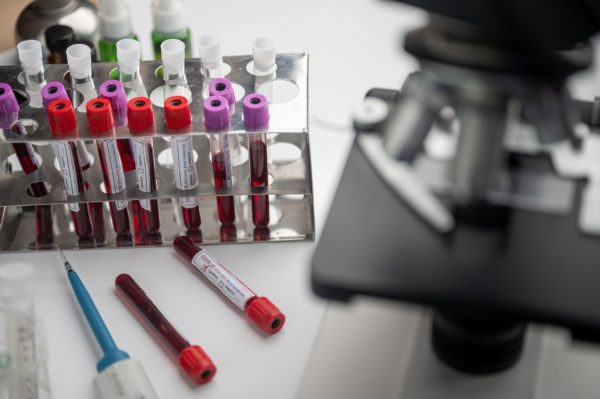
Manufacturing
The IoT’s role in COVID-19 vaccines begins in the early stages of production, even before approval. While testing a vaccine candidate’s efficacy, its manufacturers have to compare it against a placebo, typically a saline solution. Even though they’re not a treatment, these placebos have to be safe, which is where the IoT comes in.
Medical solutions like those in placebos require pharmaceutical grade water, which needs a thorough purification process. Many large-scale water purification systems rely on IoT sensors to measure water purity. These devices can provide real-time, accurate data without manual monitoring, enabling facilities to produce more purified water in less time.
After approval, vaccine manufacturers need to ramp up production to provide enough doses for the public. IoT devices can help here, too, streamlining manufacturing processes and gathering data for workflow improvements. These benefits are already well-known, with 84% of IoT adopters in manufacturing saying it’s extremely effective.
Delivery
After production, vaccines face their most substantial challenge. Both the Moderna and Pfizer vaccines require extreme storage temperatures of at least -20 and -70 degrees Celsius, respectively. IoT sensors can ensure that doses remain below these temperatures throughout transport and storage.
Many organizations already use IoT devices to monitor temperature and other quality metrics in various applications. Placing these sensors with COVID vaccine doses as they travel can give companies updates about their condition. If their temperature rises, they can alert drivers and other people involved so they can act accordingly.
Similarly, location data from these sensors can help companies find the quickest route to their destination. That way, they can deliver doses in the shortest time possible, making the most of their short shelf life.
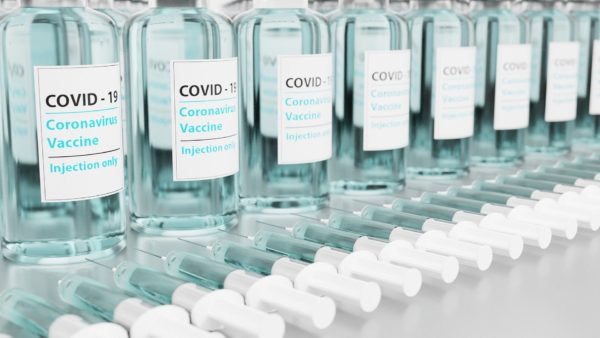
Application
Seeing where vaccine shipments are at all times also helps healthcare organizations administer doses effectively. They can anticipate their incoming supply and schedule appointments ahead of time or reschedule if something happens. Without this level of data visibility, hospitals could easily over or under-schedule vaccine appointments.
IoT connectivity continues to help both patients and healthcare staff after administering the first dose. Both authorized vaccines require two separate shots to work, but on such a large scale, keeping track of these doses can be challenging. Health wearables provide a convenient solution, giving hospitals a platform to remind patients of their upcoming second appointments.
Many Americans have already turned to telemedicine throughout the pandemic. These IoT-based services can help remind them of their second dose or track side effects after the first.
The IoT Makes Rapid Vaccine Distribution Possible
COVID vaccine production and distribution could happen without the IoT, but it would be far less effective. Vaccine manufacturers wouldn’t be able to produce doses as quickly, more shipments would expire during transport and there would be more disruptions in administration. IoT devices are helping avoid all of these issues.
Thanks to the efficiency and transparency of the IoT, authorities can roll out COVID-19 vaccines in record time. Healthcare organizations can now vaccinate more people in less time with less waste. Were it not for these technologies, these impressive vaccination rates would likely not be possible.

